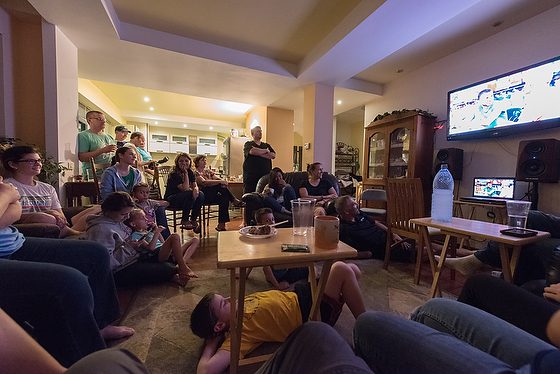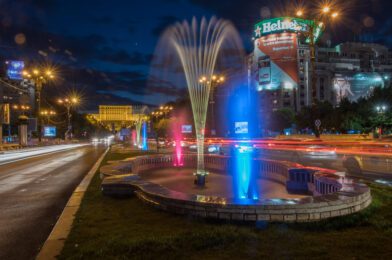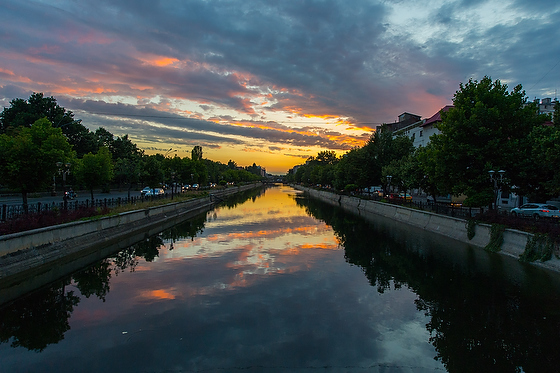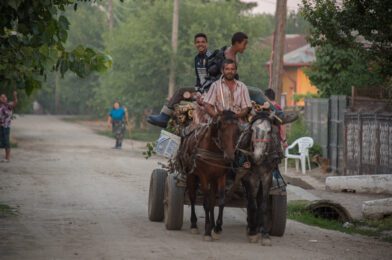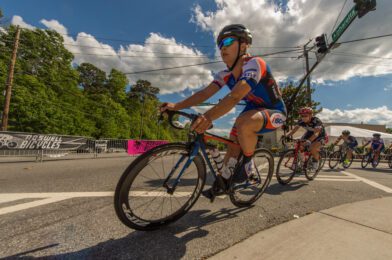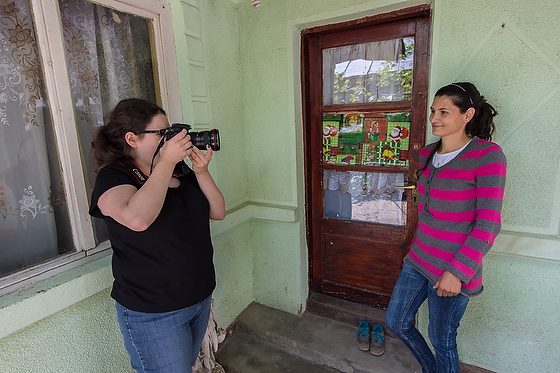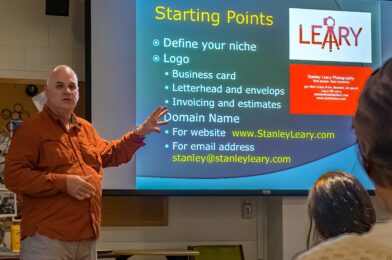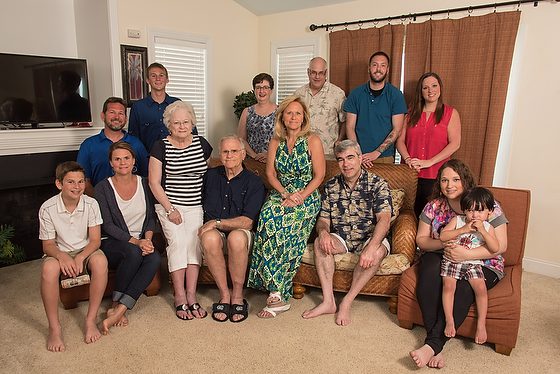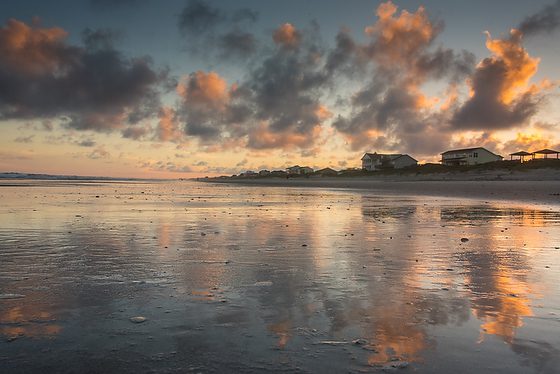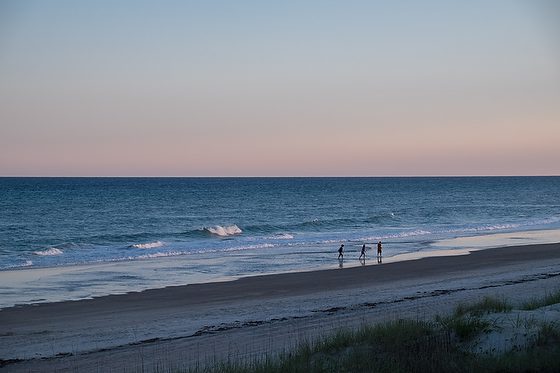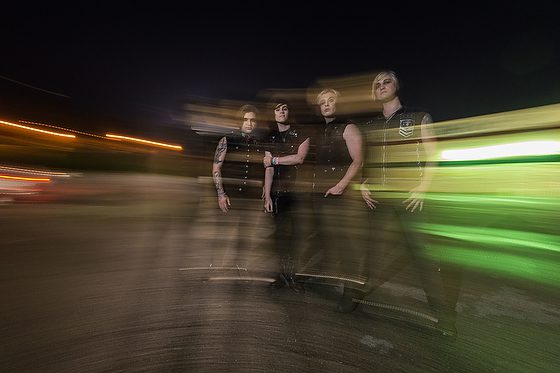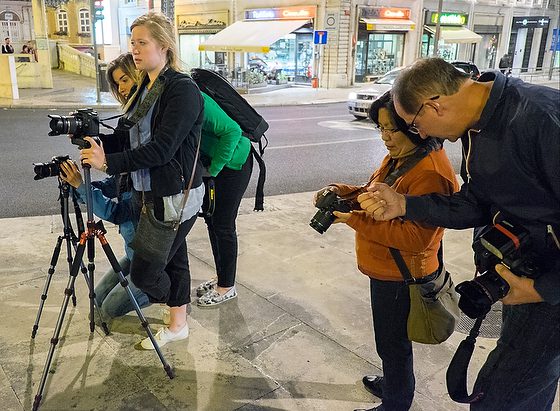| Nikon D750, AF-S NIKKOR 14-24mm f/2.8G ED, ISO 12800, ƒ/5.6, 1/25 |
At the end of a whole week of the Storytellers Abroad Workshop in Bucharest, Romania, we showed the projects to our hosts. While not all were complete, we showed the works in progress.
We did a few with just minor tweaks that one might need.
 |
| Nikon D750, AF-S NIKKOR 14-24mm f/2.8G ED, ISO 5600, ƒ/5.6, 1/100 |
Jeff Raymond is interviewing James Dockery, lead video editor for ESPN and workshop instructor.
I, too, was interviewed about my perspective on the workshop. These clips, along with others, will be used to help promote Storytellers Abroad in the future.
 |
| Nikon D750, AF-S NIKKOR 14-24mm f/2.8G ED, ISO 1400, ƒ/4.5, 1/100 |
Anthony [Tony] Amorteguy has his own communication business and was the one capturing all the footage during the week.
As we talked, I think two things stood out the most.
Storyline
The first skill that one must master is understanding the storyline. We believe that the best students for the workshop are those like journalists who understand stories.
The one student who excelled beyond most everyone else wasn’t a journalist but a creative director. He was used to directing the capture of stories but had never done the hands-on camera/audio/video editing himself. Instead, he had always directed others.
Those who didn’t have this background struggled most with their packages.
While you do not have to have your storyline in this exact order to work, the essential elements need to be present.
Multimedia
The second skill needed to produce these packages is capturing the content using still images, audio, video, and the ability to edit this into a timeline.
 |
| Nikon D750, AF-S NIKKOR 28-300mm f/3.5-5.6G ED VR, ISO 7200, ƒ/5.3, 1/100 |
Here you can see Jon Franz, senior creative director for Kimberly-Clark, working with Jeff Raymond, media missionary with the Association of Baptists for World Evangelism, fine-tuning his project on missions in Romania.
 |
| Nikon D750, Nikon 85mm ƒ/1.8G, ISO 720, ƒ/1.8, 1/100 |
We worked around the clock shooting and editing our projects. Here is Keziah Khoo working through her lunch to get her edits done.
Which is more important?
So which is more important, the understanding of the storyline or multimedia? They are equally important. Both are needed to engage an audience.
Third major Element
The biggest mistake in communication forgets your audience is not there with you.
It would help if you thought of the audience. Why should the audience even care about this story? What would be most interesting to them? After they hear the story, what actions should they be taking?
If you are interested in putting all these skills together, I can tell you that while all three are equally important, a learning curve and steps are necessary.
I would highly recommend you first learn a storyline and how to tell one. This skill is just you learning how to tell a bedtime story or a campfire story.
My recommendation for those wanting to be storytellers is to read The Writer’s Journey: Mythic Structure for Writers by Christopher Vogler. You can get this on Amazon for $14.88 as a paperback. Here is that link
Christopher Vogler is a veteran story consultant for major Hollywood film companies and a respected teacher of filmmakers and writers around the globe.
After reading this book, then start practicing.
A simple thing to do is start practicing by telling bedtime stories. If making things up is difficult, tell the story of how you got your job. The key is that these stories are not timelines of events, but there is a crisis that forced you to seek help.
Here are some basic guidelines for interviewing a subject:
1. Prepare carefully, familiarizing yourself with as much background as possible.
2. Establish a relationship with the source conducive to obtaining information.
3. Ask questions relevant to the source that induce the source to talk.
4. Listen and observe.
After you gain the skill of storytelling, then you are ready to capture their story using multimedia. Mastering the storyline and capturing it on camera is what Storytellers Abroad Workshop teaches.

